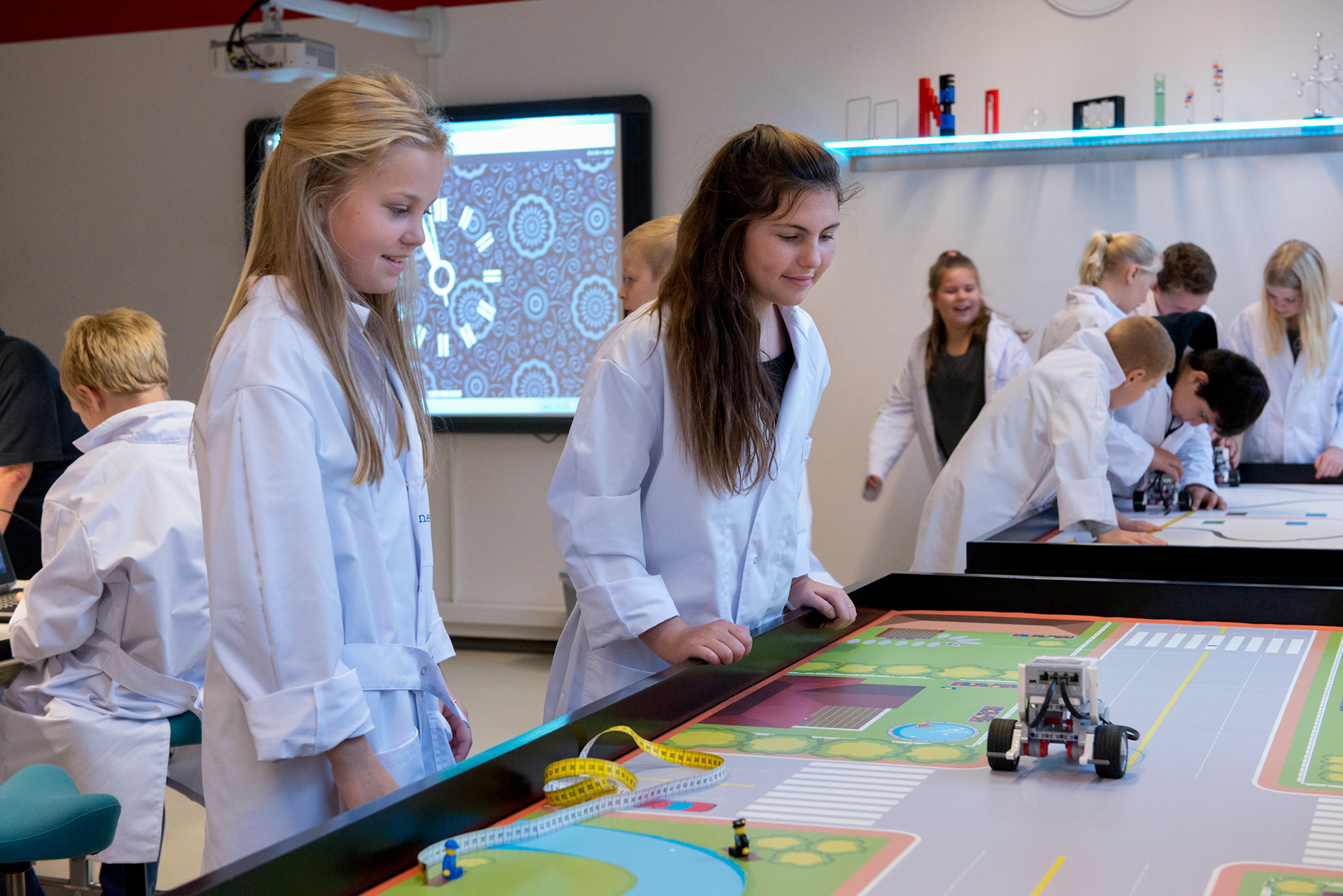Newton Learning Design Guidelines
At Newton, we are committed to removing all barriers to learning and facilitating an environment that provides access to all types of learning. This is done by implementing Universal Design for Learning (UDL) into each of our modules. The primary aim of Universal Design Learning (UDL) is to support diverse classrooms by removing barriers to learning and facilitating an environment that provides access to every learner, regardless of background or ability. We aim to implement UDL in every one of our classrooms and all other learning experiences we provide.
At Newton, we also recognize that good visual design is an integral part of the learning design process, so we have put together guidelines that will help those developing modules ensure that we adhere to principles of design that enhance the overall learning experience. In this guide, you will find a set of evidence-based design principles that are to be used within all of our modules. Our templates and resources also adhere to these design principles and will be referenced throughout the guide.
This guide offers a comprehensive approach to integrating Universal Design for Learning (UDL) into the design of Newton Modules, emphasising the incorporation of universal design principles to enhance the quality of visuals used in the learning design process.




The Universal Design Learning framework is built upon the following three broad principles:
1. Educators provide multiple ways for individuals to engage with learning. This is the why of learning.
2. Educators provide multiple ways for representing information to learners. This is the what of learning.
3. Educators provide multiple ways for learners to express their understanding of the content. This is the how of learning.
2. Educators provide multiple ways for representing information to learners. This is the what of learning.
3. Educators provide multiple ways for learners to express their understanding of the content. This is the how of learning.



Evidence-based Design Principles
Principle 1 - Multimedia
We learn better from words and pictures than from words alone.
This: Outline of the process + visual | Not this: Blocks of text detailing the process
Principle 2 - Coherence
We learn better when extraneous words, pictures, and sounds are excluded rather than included.
This: Clear visual with legible markings | Not this: Unnecessary elements, text, and colours
Principle 3 - Spatial Contiguity
We learn better when corresponding words and pictures are presented near rather than far from each other.
This: Text describing the visual are near to elements they describe | Not this: Text placed outside of the infographic separate from the elements they describe
Principle 4 - Temporal Contiguity
We learn better when corresponding words and pictures are presented simultaneously rather than successively.
This: Descriptive text in the same view as the visuals | Not this: Descriptive text and visuals on different views
Principle 5 - Redundancy
We learn better from narration and graphics, as opposed to narration, graphics, and text.
This: Narration + Visuals | Not this: Narration + Visuals + On Screen Text
Principle 6 - Modality
We learn better from visuals and narration than from visuals and on-screen text.
This: Visuals + Narration | Not this: Visuals + On Screen text
Principle 7 - Signalling
We learn better when cues that highlight the essential material are added.
This: Important information is highlighted | Not this: Information presented without hierarchy
Principle 8 - Segmenting
We learn best when information is presented in segments, rather than one long continuous stream.
This: Information segmented meaningfully | Not this: Information presented without hierarchy
Principle 9 - Pre-learning
We learn better when we know the names and characteristics of the main concepts.
This: Introduce and explain key concepts at the beginning | Not this: Starting with an advanced concept with no prior knowledge
Principle 10 - Personalisation
We learn better when words are in a conversational style rather than a formal style.
This: Clear and casual information in informal language | Not this: Overly complex and formal wording in long text blocks
Principle 11 - Voice
We learn better from human voices than from robot voices.
This: Narration with a human voice | Not this: Narration with an artificial voice
Principle 12 - Image
We do not necessarily learn better from a talking head video.
This: Visual representation of the concept being described in narration | Not this: Talking head describing the concept
This guide will provide an overview of how to implement Universal Design for Learning (UDL) into the design of Newton Modules, as well as how to integrate good visual design principles within the learning design process. It also provides information about localizing modules, as well as our approach to corporate branding.
Visual design advisory and production:
Niko Crnčević, Sebastian Siggerud
Niko Crnčević, Sebastian Siggerud
Read more about Newton and FIRST Scandinavia
©Newton Concept • FIRST Scandinavia • All rights reserved
Additional creative assets: Adobe Stock, Streamline